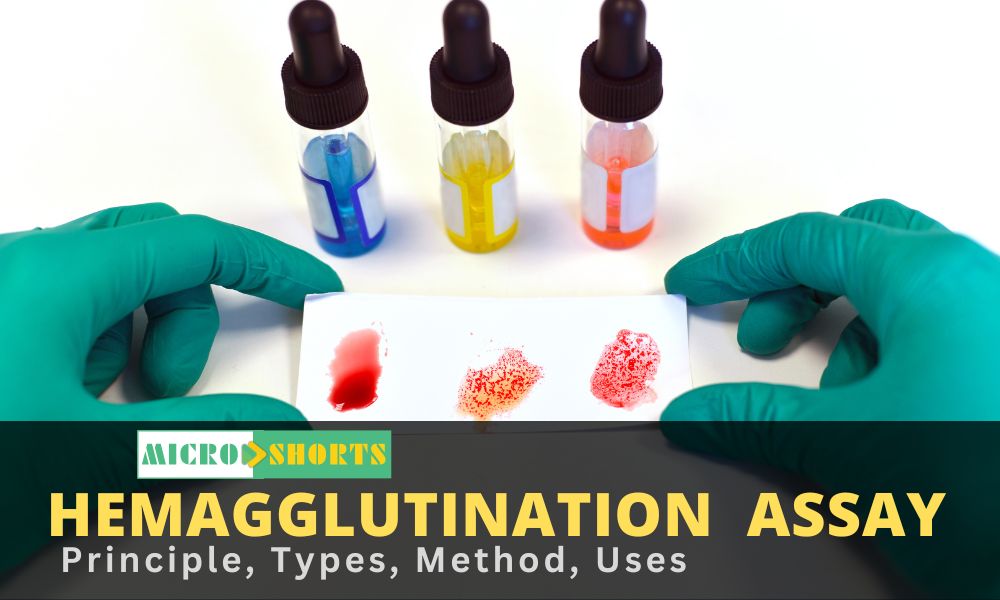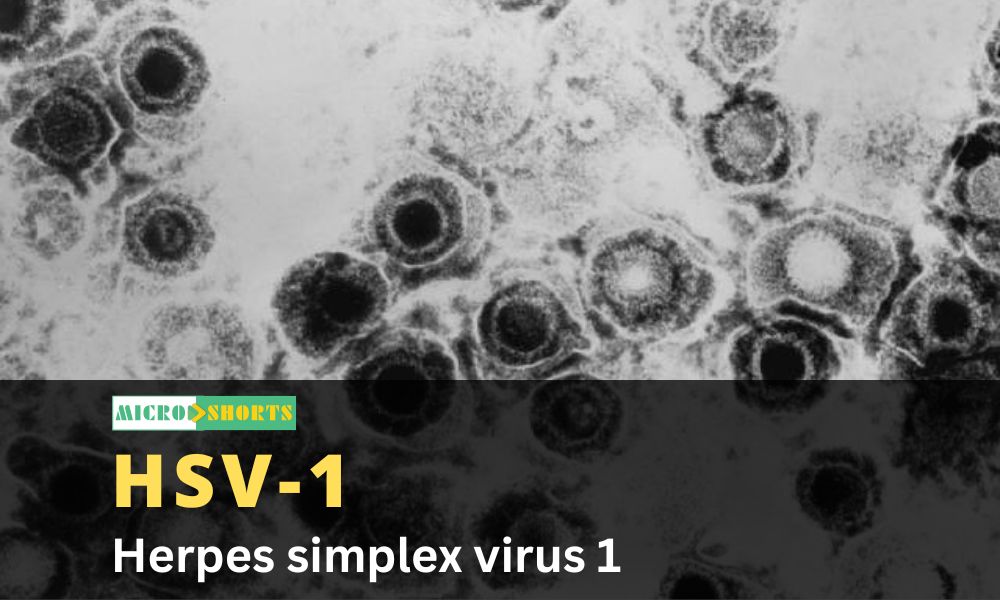Introduction
Plant Tissue
culture is the in vitro aseptic culture of cells, tissues, organs, or whole
plant under controlled nutritional and environmental conditions often to
produce the clones of plants.
- It refers to a collection of techniques used to
maintain or grow plant cells, tissues, or organs under sterile conditions
on a nutrient culture medium of the known composition.
- The resultant clones are true-to-type of the
selected genotype.
Principle of Plant Tissue Culture
- Plant tissue culture relies on the fact that many
plant cells have the ability to regenerate a whole plant (totipotency).
- Single cells, plant cells without cell walls
(protoplasts), pieces of leaves, stems or roots can often be used to
generate a new plant on culture media given the required nutrients
and plant hormones.
- The controlled conditions provide the culture an
environment conducive for growth and multiplication.
- These conditions include the proper supply of
nutrients, pH medium, adequate temperature, and proper gaseous and liquid
environment.
Plant Tissue Culture Technique
- Preparation of plant tissue for tissue culture is
performed under aseptic conditions under HEPA filtered
air provided by a laminar flow cabinet.
- The tissue is grown in sterile containers, such as
Petri dishes or flasks in a growth room with controlled temperature and
light intensity.
- Living plant materials from the environment are
naturally contaminated on their surfaces (and sometimes interiors)
with microorganisms, so their surfaces are sterilized in chemical
solutions (usually alcohol and sodium or calcium
hypochlorite) before suitable samples (known as explants) are
taken.
- The sterile explants are then usually placed on the
surface of a sterile solid culture medium but are sometimes placed
directly into a sterile liquid medium, particularly when cell suspension
cultures are desired.
- Solid and liquid media are generally composed of
inorganic salts plus a few organic nutrients, vitamins, and plant
hormones. Solid media are prepared from liquid media with the addition of
a gelling agent, usually purified agar.
- The composition of the medium, particularly the
plant hormones and the nitrogen source (nitrate versus ammonium salts or
amino acids) has profound effects on the morphology of the tissues that
grow from the initial explant.
- For example, an excess of auxin will
often result in a proliferation of roots, while an excess
of cytokinin may yield shoots.
- A balance of both auxin and cytokinin will often
produce an unorganized growth of cells or callus, but the morphology
of the outgrowth will depend on the plant species as well as the medium
composition.
- As cultures grow, pieces are typically sliced off
and subcultured onto new media to allow for growth or to alter the
morphology of the culture. The skill and experience of the tissue
culturist are important in judging which pieces to culture and which to
discard.
- As shoots emerge from culture, they may be sliced
off and rooted with auxin to produce plantlets which, when mature, can be
transferred to potting soil for further growth in the greenhouse as normal
plants.
Applications and Advantages of Plant Tissue Culture
- Plant tissue culture technology is being widely
used for large scale plant multiplication.
- Apart from their use as a tool of research, plant
tissue culture techniques have in recent years, become of major industrial
importance in the area of plant propagation, disease elimination, plant
improvement, and production of secondary metabolites.
- Small pieces of tissue (named explants) can be used
to produce hundreds and thousands of plants in a continuous process. A
single explant can be multiplied into several thousand plants in a
relatively short time period and space under controlled conditions,
irrespective of the season and weather on a year-round basis.
- Endangered, threatened, and rare species have
successfully been grown and conserved by micropropagation because of the
high coefficient of multiplication and small demands on the number of
initial plants and space.
- In addition, plant tissue culture is considered to
be the most efficient technology for crop improvement by the production of
somaclonal and gametoclonal variants.
- The micropropagation technology has a vast
potential to produce plants of superior quality, isolation of useful
variants in well-adapted high yielding genotypes with better disease
resistance and stress tolerance capacities








Comments